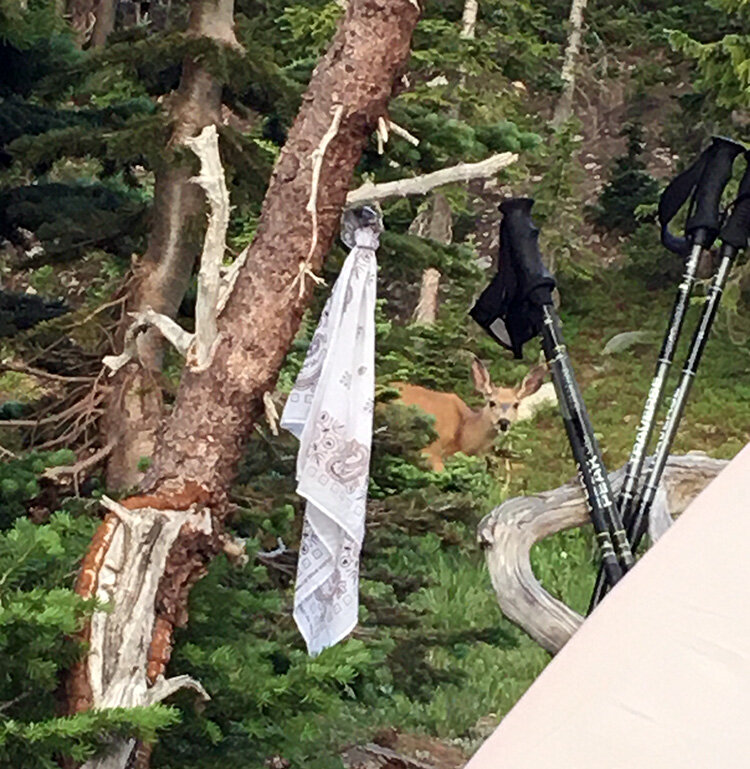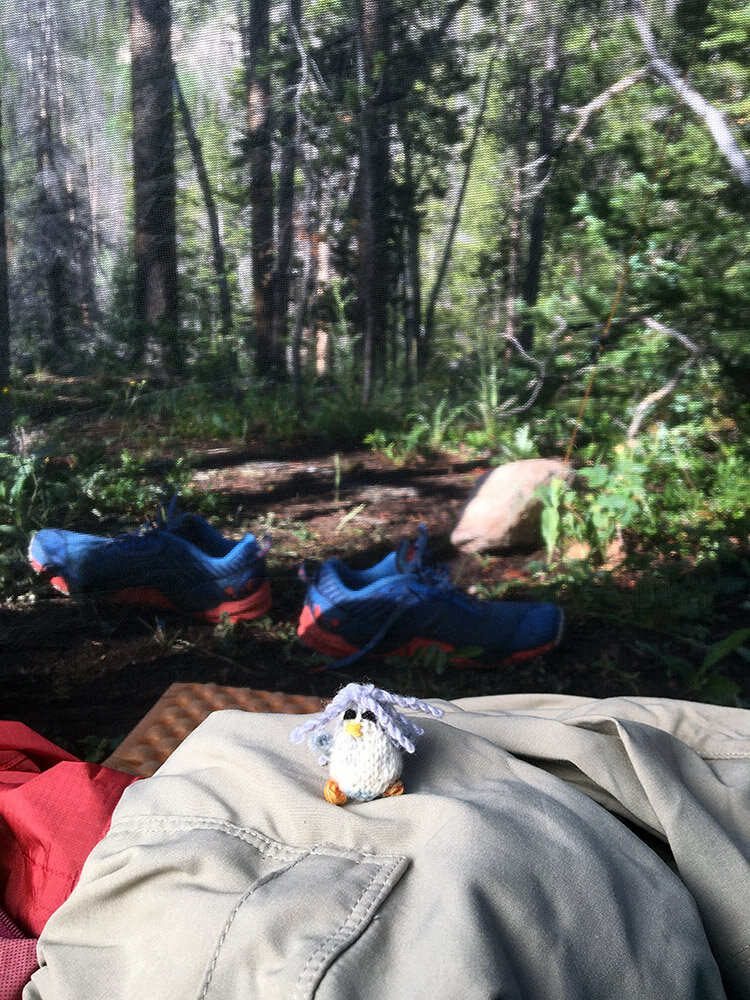Thursday, August 13th, the Cameron Peak Fire started near Chambers Lake way up the Poudre Canyon. This area is about 50 miles west of Fort Collins and is most definitely the outdoor playground of this city. In a year full of grief, this fire was a big personal hit. I know all the rational things: that there are far bigger problems in the world than wildfire, that the forest absolutely has to and would have eventually burned in this location, and that some of my grief stems from the loss of the privilege of actually enjoying such places on a regular basis. Still, it is a deep personal grief and I have done a lot of crying over the last week.
I was not living in Fort Collins in 2012 during the High Park fire. That fire was the second biggest in Colorado history for a long time and it consumed 87,000+ acres of recreational forest lands in the Poudre Canyon and above it. The current Pine Gulch fire near Grand Junction, CO has outpaced this fire this year. In fact, Cameron Peak and Pine Gulch are but two of four very large fires currently burning in Colorado. The Grizzly Creek fire has kept I-70 closed for most of a week now and a newer smaller fire near Frasier continues to grow.
Fire is a given in the forest. We have massive stands of beetle-kill trees. The trees in the Cameron Peak Fire environment are 30-60% standing dead beetle kill that is very very dry. So there is no way this fire will be suppressed where it is. I’ve been watching the very excellent incident reports every day from the Rocky Mountain Blue Team and I appreciate hearing from them. I’ve learned so much about fire behavior, how they manage forest fires, what they prioritize in terms of safety and suppression, and what the goals are with this fire. Also the fire has a meteorologist and his talks are fascinating! Did you know that if there isn’t much wind, the fire can send a smoke plume straight up and shade itself? That keeps the fuels cooler as the sunshine isn’t getting to them and so the fire isn’t as active. That happened a couple days ago and it gave the firefighters a chance to move their lines a little closer in the hopes of containing it sooner. This is a “full-suppression” fire due to all the infrastructure that exists up that canyon. Think water and electric grids, not necessarily structures (though there are many people living and working up there also not to mention a lot of campgrounds and a few small towns—those are also being protected of course).
Many of you live in California which has struggled with fire every year for all the recent years including right now. And the California fires routinely include rolling blackouts to add to the misery. The fires keep getting bigger and hotter and more destructive. Climate change is showing its true colors in these fires.
My respite from stay-at-home orders has been backpacking this year. I have been on four short trips and had several more planned. Of the four trips I’ve taken, one of the trails has already been burned, one of my very favorite spots where I was last week will almost certainly be completely burned, and a third hike has a high likelihood of being in the burn area. The fourth hike was on the other side of treeline in Rocky Mountain National Park and will likely be spared. I had a permit for a RMNP backcountry site next week. The trailhead was closed immediately with emergency evacuation of CSU’s Mountain Campus* near where that trailhead for Stormy Peaks is. RMNP just closed off all of the northwest area of the park last night. Even if it was safe, the smoke is horrible and backpacking is off the table.
The backpacking weaving I did in the Rawah wilderness in early August. The Rawah is currently burning and I watch the fire creep closer to my favorite camping spots every day. I wrote about this piece HERE. The peak to the right in the banner image for this post is the one in the fire weaving.
I think the hardest thing is thinking about all the places I love and how they will be forever changed. As I left the Rawah on my birthday last week, I thought, “I can come back soon. This place will still be here.” But I was wrong. That place will not be the same in my lifetime. It will be years or decades before trails can be rebuilt if they are at all.
A small and growing part of me looks forward to watching the new aspens poking up through the blackened earth and seeing the riot of wildflowers that come back after a fire. Eventually the pine trees will grow under the aspen canopy and the cycle will start again. Fire is necessary, but it isn’t necessary in such huge events. By that I mean, if we were better stewards of the planet, these fires wouldn’t have to be so big because they would happen regularly in cooler temperatures with more moisture present.
So I have started a tapestry diary piece about this fire. The first half is done and I’ll be weaving another scene above this one.
Rebecca Mezoff, Tapestry diary: Cameron Peak Fire (in process), 3 x 6 inches projected. Cotton warp, weaversbazaar 18/2 wool weft.
The part at the top will be a “before” image from my hike in early August. I wanted it to read top down so I needed to do the fire image first. I think there might be another series about this forming and of course as the experience unfolds, more images will occur to me. The weaving of experience helps me deal with questions and emotions like those stirred up by this fire. I am not personally in any danger. I have healthy lungs as far as I know and the smoke will likely not harm me long-term. My home will not be burned, only places that mean a great deal to me both as places to directly experience and for the things they help me learn about myself and the world when I hike through them.
If there were one word to describe 2020 so far for me, it would be grief. May the experiences we’re having right now bring us together, teach us to work together, convince us to take care of the planet and each other, and help us listen and learn about privilege and other people’s experiences.
Now let’s go weave.
Gallery below is images from the three hikes that are either currently burning or in the likely burn area. If you get the blog via email, click HERE to see it online so you can see the captions. Click to enlarge, hover for captions on each photo, arrows to scroll.
*For those of you who have joined me in tapestry retreats at CSU’s Mountain Campus in Pingree Park, the campus is most definitely in danger. Again. The incident command team is prioritizing the campus and the other communities surrounding it and have been building defense lines since the fire started. The campus is closed this summer due to COVID but there are still people working up there. They were evacuated on Thursday evening after the fire started. The fire is still miles from campus, but it seems inevitable that it will push right up to the fire lines they are constructing along Pingree Park Road because there is continual beetle kill timber between the fire, which has jumped Highway 14 and a major river, and campus. Besides the fire lines, all that will stop it is treeline. Alpine tundra is what stands between the fire and Rocky Mountain National Park. There have been two smaller fires flanking the campus in the last 20-30 years and there are dense stands of aspens in the 5-10 foot range on either side. My personal hope is that these old fire scars now filled with the best fire-stopping trees possible, aspens, will save that beautiful spot so that we can visit again when all of this is over.
Have you woven anything related to your experience of 2020? Tell us in the comments. Unfortunately you can’t put a photo there, but share your work with friends and on social media. I think it helps.











